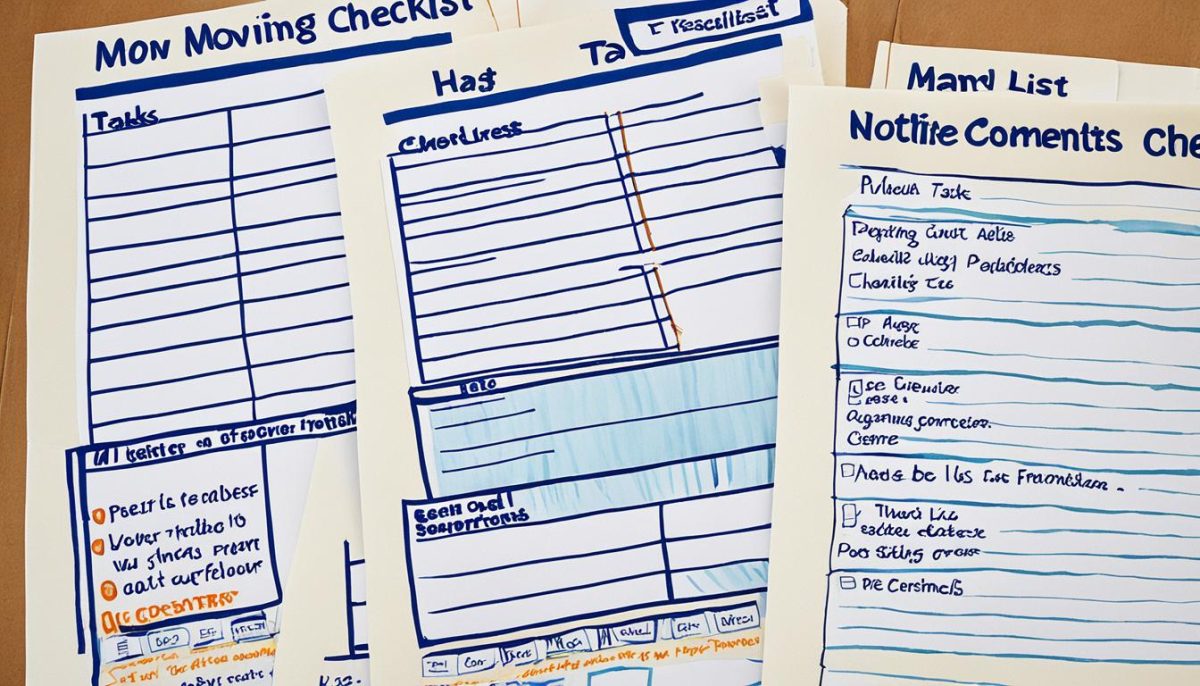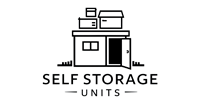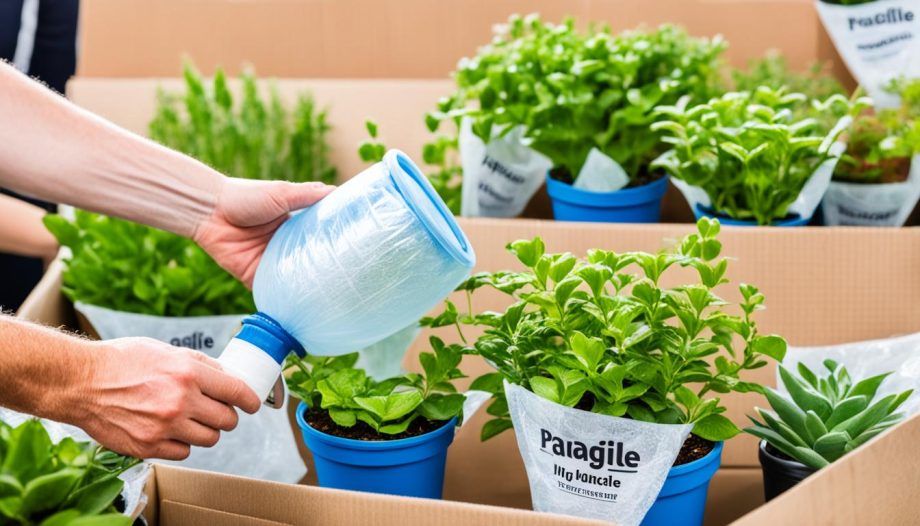In this section, we will provide you with a comprehensive guide on moving. Whether you are relocating to a new house, apartment, or office, we understand that it can be a challenging and overwhelming process. That’s why we have gathered valuable tips and advice to help simplify your next move.
Our goal is to make your move as smooth and stress-free as possible. With our comprehensive guide, you will find everything you need to know about planning, packing, and settling into your new home.
From creating a moving checklist and timeline to hiring professional movers and organizing your belongings, we will cover it all. Our tips and tricks will save you time, money, and energy, ensuring a successful and efficient move.
Whether you are a first-time mover or have experienced moving before, our comprehensive guide will provide you with valuable insights and expert advice. So sit back, relax, and let us simplify your move with our comprehensive guide.
Planning Your Move
When it comes to moving, proper planning is crucial for a smooth and stress-free transition to your new home. By creating a moving checklist and timeline, you can stay organized and ensure that no important tasks are overlooked. Let’s take a closer look at the key elements of planning your move.

Moving Checklist
A moving checklist serves as your roadmap throughout the moving process. It helps you keep track of tasks that need to be completed before, during, and after the move. Start by listing all the essential activities, such as notifying utility providers, changing your address, and transferring medical records. Break down larger tasks into smaller, manageable steps to keep things on track.
Referencing a comprehensive moving checklist will ensure that you don’t miss any critical tasks. It will help you stay organized and minimize last-minute stress. Mark off items as you complete them to track your progress and feel a sense of accomplishment as you move forward.
Timeline
Creating a timeline is another essential component of the moving planning process. Start by identifying your moving date and work backward, outlining specific deadlines for each task. This will help you prioritize tasks and allocate time and resources accordingly.
Consider factors such as packing, hiring movers, utility setup, and transferring services to determine when each activity needs to be completed. Be sure to account for any potential delays or unexpected circumstances that may arise. By adhering to your timeline, you can maintain a sense of control and avoid last-minute rushes.
Packing Supplies
Having the right packing supplies is crucial for protecting your belongings during the move. Make a list of packing materials you’ll need, such as sturdy boxes in various sizes, packing tape, bubble wrap, packing paper, and moving blankets. Consider renting or purchasing specialty items like wardrobe boxes or mattress bags for added convenience.
Compile a comprehensive list of packing supplies to ensure you have everything on hand when you begin packing. Gathering supplies in advance will save you from unnecessary stress and ensure a smooth packing process.
Hiring Movers
While moving on your own may seem cost-effective, enlisting the help of professional movers can save you time and effort. Research reputable moving companies in your area and request multiple quotes to compare prices and services. Read reviews and ask for recommendations from friends or family to ensure you choose a reliable and efficient moving company.
When hiring movers, consider factors such as their level of experience, insurance coverage, and any additional services they offer, such as packing and unpacking assistance. Be sure to book your movers well in advance to secure your preferred date and time.
Planning your move effectively with a moving checklist, timeline, packing supplies, and hiring professional movers will ensure a smoother and more efficient transition to your new home. By staying organized and prepared, you can alleviate stress and focus on settling into your new space.
Packing and Organization
When it comes to moving, proper packing and organization can make all the difference in ensuring a smooth transition to your new home. Follow these expert packing tips to simplify the process and make unpacking a breeze.
Packing Tips
Start by gathering all the necessary packing supplies, including sturdy boxes in various sizes, bubble wrap, packing paper, and tape. Begin packing well in advance of your moving date to avoid any last-minute rush.
To maximize space and protect fragile items, consider using towels, linens, and clothing as extra padding within boxes. This will help minimize the number of packing materials required.
As you pack your belongings, make sure to label each box with its contents and the room it belongs to. This will save you time and effort when it’s time to unpack. Additionally, utilize color-coded labels or markers to easily identify boxes that require special attention or contain valuable items.
Labeling Boxes
Labeling boxes is a crucial step in ensuring an organized move. By clearly marking each box with its contents and designated room, you’ll be able to prioritize which boxes need to be unpacked first.
When labeling boxes, be specific and include a brief description of the items inside. For example, instead of just labeling a box as “kitchen items,” specify “plates, utensils, and small appliances.” This level of detail will save you from searching through multiple boxes to find what you need.
Decluttering
Prior to packing, take the opportunity to declutter your home. Go through each room and set aside items that you no longer need or want. Consider donating, selling, or disposing of these items to lighten your load and create a fresh start in your new space.
Decluttering not only reduces the number of items you need to pack and unpack, but it also allows you to start anew with a more organized and clutter-free home.
Creating an Inventory List
Creating an inventory list is essential for keeping track of your belongings during the move. As you pack each box, jot down its contents on your inventory list. This will serve as a reference when unpacking and help ensure that nothing gets misplaced or left behind.
You can either create a digital inventory using a spreadsheet or use a pen and paper for a more traditional approach. Whichever method you choose, be sure to update the inventory list as you pack and unpack each box.
Remember, proper packing and organization are key to a successful move. By following these tips, you can reduce stress, save time, and ensure that your belongings arrive safely at your new home.

Settling Into Your New Home
Now that you’ve successfully completed your move, it’s time to unpack and settle into your new home. Follow these tips to make the process efficient and stress-free.
Start by unpacking essential items that you’ll need right away, such as toiletries, bedding, and kitchen essentials. This will ensure that you have the necessities readily available while you continue unpacking the rest of your belongings.
Next, set up your utilities to ensure that you have electricity, water, and internet services up and running. Contact local utility providers in your new area to initiate the setup process and schedule any necessary appointments.
Don’t forget to update your address with important organizations, such as your bank, employer, and the post office. This will help ensure that you receive important mail and documents at your new address.
Lastly, familiarize yourself with your new neighborhood by finding local services, such as grocery stores, healthcare facilities, and recreational areas. This will help you settle in and adjust to your new surroundings more quickly.




